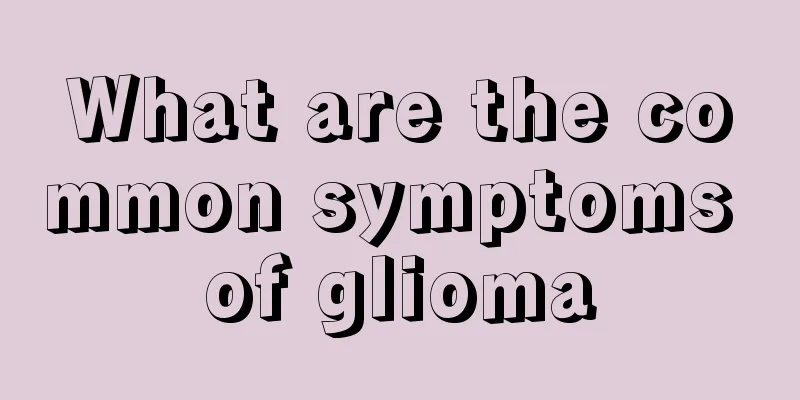The most prominent symptoms of pericardial effusion

|
Pericardial effusion is the most prominent manifestation of pericardial disease and is more common in middle-aged female patients. Some pericardial effusions are also infectious and can be infected by bacteria, viruses, etc. Patients with pericardial effusion usually feel chest tightness, shortness of breath, and sometimes chest pain. If pericardial effusion is severe, it can also lead to pericardial disease and requires timely treatment. So, what are the most prominent symptoms of pericardial effusion? Pericardial effusion is a common clinical manifestation and one of the important signs of pericardial disease. It can be seen in exudative pericarditis and other non-inflammatory pericardial lesions and can usually be confirmed by physical examination and X-ray examination. When pericardial effusion persists for more than several months, it constitutes chronic pericardial effusion. Causes The common causes of pericardial effusion can be divided into two categories: infectious and non-infectious. 1. Infectious pericardial effusion includes tuberculosis, viruses (coxsackie, influenza and other viruses), bacteria (Staphylococcus aureus, pneumococcus, Gram-negative bacilli, fungi, etc.), protozoa (amoeba), etc.; 2. Non-infectious pericardial effusion includes tumors (especially lung cancer, breast cancer, lymphoma, mediastinal tumors, etc.), rheumatism (rheumatoid arthritis, systemic lupus erythematosus, scleroderma, etc.), heart damage or large blood vessel rupture, endocrine metabolic diseases (such as hypothyroidism, uremia, gout, etc.), radiation damage, effusion after myocardial infarction, etc. Clinical manifestations The disease is more common in women, and the age of onset is mostly menopause. Patients can usually carry out their daily activities without any discomfort. When symptoms occur, they are mostly shortness of breath and chest pain. Some patients experience pericardial obstruction symptoms in the early stages of the disease, which gradually subside or even disappear as the disease progresses. Since there is almost no history of acute pericarditis, the time of onset cannot be determined. When the pericardial effusion suddenly and dramatically increases, the adaptive expansion of the pericardium is reduced and the increase in effusion manifests as restrictive pericardial effusion, and pericardial obstruction may occur. |
<<: What are the symptoms of anxiety disorder
>>: Symptoms of blood clots in the feet
Recommend
What blood color suggests about your health status
Blood is an opaque red liquid that flows in the h...
Difference between ammonium aluminum sulfate and barium hydroxide
Ammonium aluminum sulfate is a transparent crysta...
What are the methods to remove spots and acne scars?
If you have spots or acne marks on your face, it ...
Does kelp contain high purine?
Kelp is rich in potassium, dietary fiber and othe...
What to do if you discover fetal malformation
Fetal malformation is a problem that many parents...
Is it necessary to draw blood for teratoma detection
Is it necessary to draw blood for teratoma detect...
What medicine should I take for postpartum anti-inflammatory treatment
It is well known that women's bodies are very...
How to change your personality
Different people have different personalities, an...
Early symptoms of bladder cancer in men
What are the early symptoms of bladder cancer? Th...
What are the precautions for nursing patients with cerebral infarction
Cerebral infarction is a relatively common cardio...
Life expectancy of patients with mid- to late-stage lung cancer
The life expectancy of patients with advanced can...
I still have frequent stomachaches half a year after bladder cancer surgery
First of all, there are some lifestyle issues tha...
Does the formaldehyde content of ecological board is high?
With the continuous development of society, peopl...
What are the treatments for rectal cancer?
Rectal cancer is a common malignant tumor in the ...
What are the main functions and effects of coenzymes
Many people don’t really know much about coenzyme...









